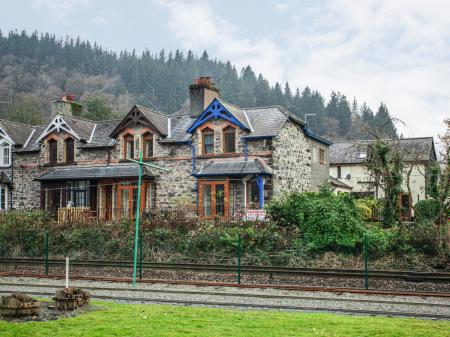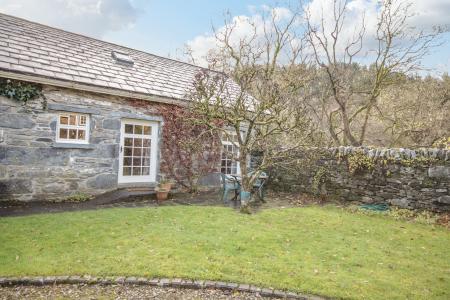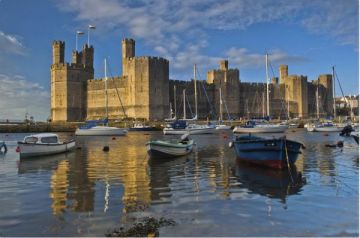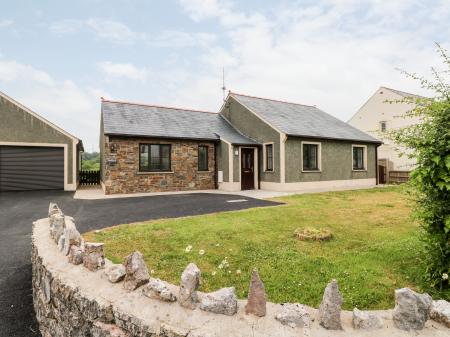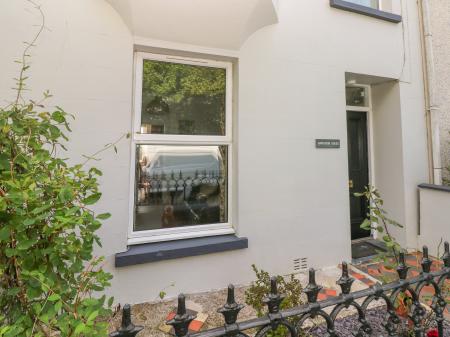
The church was probably founded long before the current 14th century building was erected. The dedication to St Michael suggests a date late in the golden age of the Celtic Church in Wales, before the coming of the Normans. Whatever the origins, the Celtic church was completely rebuilt in the late 14th and early 15th century.
It remained in use until the middle of the 19th century. The building of a road designed by Thomas Telford between London and Holyhead (the current A5) brought large numbers of visitors to this hitherto isolated part of Snowdonia, and the larger number of people attending church services meant that the old medieval church needed to be repaired and expanded.
The 2nd Baron of Gwydir gave money for the restoration, and the 'new' St Michaels was completed in 1843. The west gallery, which had served as a local schoolroom, was removed to create more internal space. However, coming of the railway in 1863 led to still more population growth, and the continuing growth of Betws y Coed made a new church necessary. St Mary's church, across the road, was built in 1873, and since then St Michaels has been only rarely used.
What to see
The most interesting historical feature inside St Michael's is the effigy of Gruffydd ap Dafydd Goch of Fedw Deg. Gruffydd's grandfather was Dafydd, brother of Llewelyn the Last. Gruffydd ap Dafydd Goch fought with Edward, the Black Prince, at the Battle of Poitiers in 1356, and died sometime between 1370-1380. He is shown clad in armour of the mid-late 14th century.
Though St Michael's is redundant, it is still consecrated, and used for services several times a year. The church is normally open daylight hours from spring through autumn.
 We've 'tagged' this attraction information to help you find related historic attractions and learn more about major time periods mentioned.
We've 'tagged' this attraction information to help you find related historic attractions and learn more about major time periods mentioned.